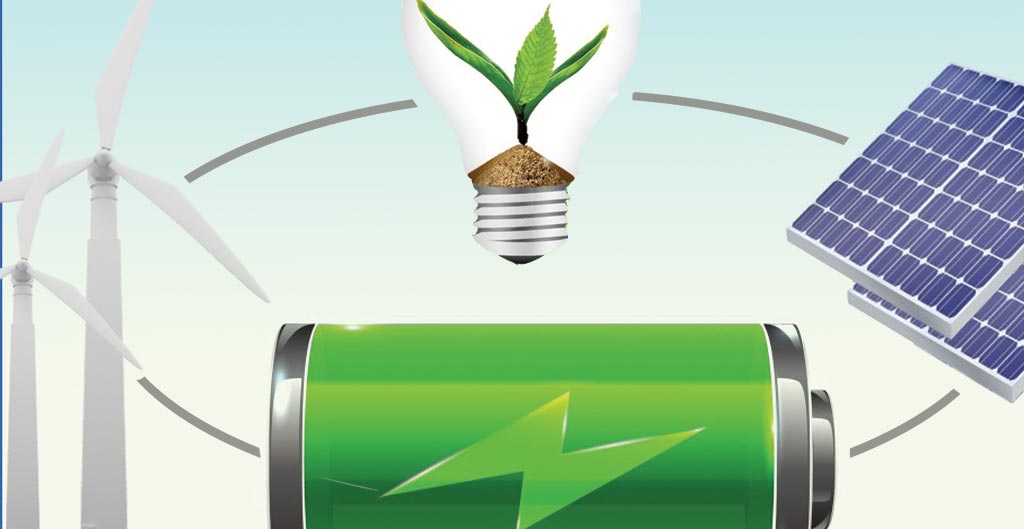The world is on a quest of achieving greener solutions to attain sustainability. In such times renewable energy utilisation is at its peak. However, storing this energy for use requires effort and planning. Many factors affect renewable energy storage system. Once you’ve decided to install an energy storage system it’s imperative to determine the correct size.
Having a system that’s too small may not meet your energy needs while one that is too large can result in higher expenses. Choosing the size ensures efficiency and a good return on investment. Check out this post for tips on picking a proper energy storage for renewable energy.
Factors Affecting Energy Storage System Size
Several factors influence the size of an energy storage system. Here are some of the factors which will help you decide how to choose energy storage for renewable energy:
-
Energy Consumption Patterns
Analysing daily, weekly, and seasonal energy consumption patterns is essential for identifying peak demand periods and understanding energy usage profiles. By assessing when and how energy is consumed, it becomes possible to optimise energy management strategies, implement demand-side management measures, and develop more efficient energy usage schedules. Understanding consumption patterns is crucial for designing renewable energy systems that align with specific energy needs.
-
Renewable Energy Generation
Assessing the output of renewable energy systems involves evaluating factors such as the capacity of solar panels, average daily sunlight hours, and the overall performance of the renewable energy infrastructure. This assessment provides valuable insights into the potential renewable energy generation capacity, allowing for the proper sizing, design, and optimisation of renewable energy systems to meet energy consumption requirements.
-
Backup Power Requirements
Determining the duration of backup power needed during grid outages is critical for ensuring energy resilience and continuity. Understanding the backup power requirements enables the selection and deployment of appropriate backup power solutions, such as energy storage systems or backup generators, to reduce the impact of grid disruptions and maintain essential energy supply during outages.
-
Self-Sufficiency Goals
Defining the desired level of energy independence is a key consideration in developing renewable energy systems. Establishing self-sufficiency goals allows for the alignment of renewable energy system designs with specific objectives, such as reducing reliance on the grid, achieving a certain percentage of energy self-sufficiency, or minimising environmental impact through increased use of renewable energy.
-
Economic Considerations
Evaluating the cost-benefit ratio of different system sizes is crucial for determining the economic viability and long-term financial implications of renewable energy investments. By considering the upfront costs, operational expenses, potential savings from energy generation, and available incentives or financing options, a comprehensive economic assessment can guide decision-making and help optimise the value proposition of renewable energy systems.
Sizing Methodology
There are several methods to determine the optimal size of an energy storage system:
-
Battery Capacity Calculator
Utilise online tools and software applications designed to estimate battery size based on energy consumption data. These resources can help in determining the appropriate storage capacity required to meet energy demands, taking into account factors such as daily energy usage, peak load periods, and desired backup capacity. By inputting relevant consumption data, you can obtain estimates for the ideal battery size for your specific energy storage needs.
-
Expert Consultation
Seeking advice from energy storage specialists and consultants can provide valuable insights and expertise in conducting a detailed analysis of your specific energy storage requirements. Energy storage specialists can help assess factors such as load profiles, system efficiency, equipment selection, and integration considerations to develop customised energy storage solutions that align with your individual objectives and operational needs.
-
Pilot Testing
Consider installing a smaller-scale energy storage system initially to conduct pilot testing and gather real-world performance data. By implementing a pilot energy storage system, you can assess its effectiveness, validate sizing calculations, and refine the design based on actual usage patterns and load requirements. Pilot testing provides an opportunity to fine-tune system sizing and optimise energy storage solutions before scaling up to larger deployments.
Conclusion
Sizing an energy storage system is a complex process requiring careful consideration of various factors. By accurately determining the required capacity, you can optimise the performance of your energy storage for renewable energy, enhance energy independence, and maximise cost-effectiveness.
